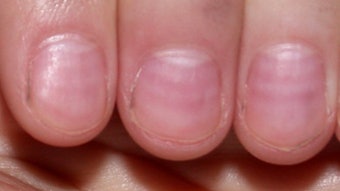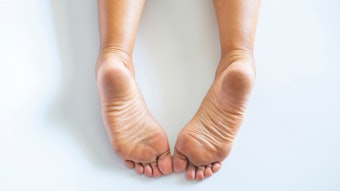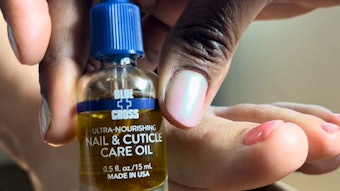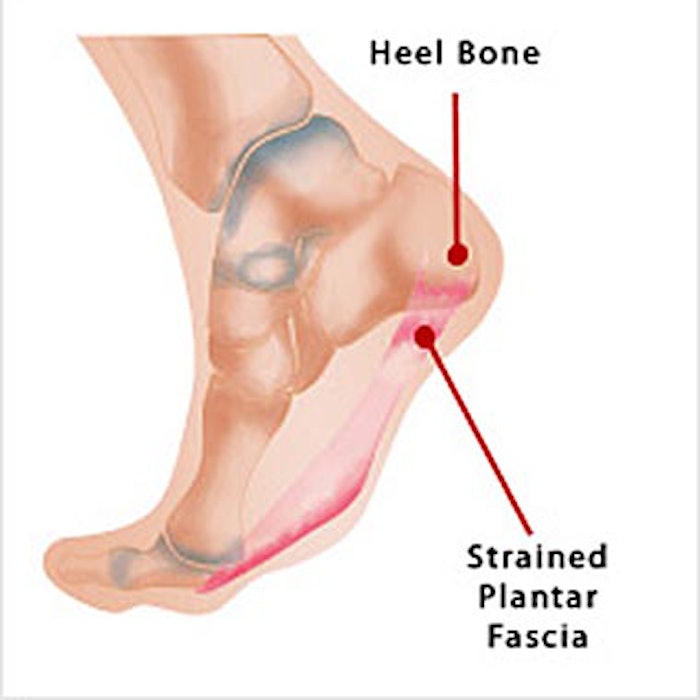
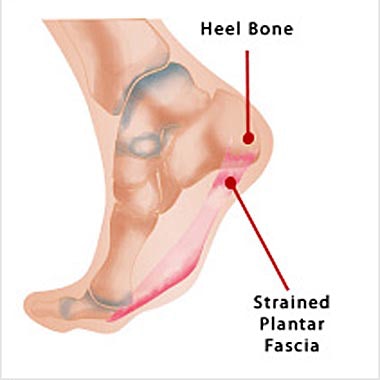
Faulty Fascia
The human foot is a complex network of 26 bones, 33 joints and more than 100 tendons, muscles and ligaments. But plantar fasciitis targets one specific tendon: the thick connective tissue that connects the heel bones to the base of the toes called the plantar fascia. “Plantar fasciitis is an inflammation of the plantar fascia,” explains Carol Frey, MD, director of orthopedic foot and ankle surgery at the West Coast Center for Orthopaedic Surgery and Sports Medicine in Manhattan Beach, California. “It can occur if the plantar fascia is being overloaded or as a result of an overly tight plantar fascia, which is less resilient to walking stress.” Other risk factors, she notes, include obesity, pregnancy, poor flexibility and prolonged standing on hard surfaces.
This condition is relatively widespread and may even become more prevalent due to Americans’ tendencies to carry a few extra pounds. “Plantar fasciitis is the most common problem we see in foot and ankle practices,” relates Selene Parekh, MD, MBA, foot and ankle surgeon at the North Carolina Orthopaedic Clinic in Durham, North Carolina. “Often the patients are females, 40 years or older, and slightly overweight, but there are additional risk factors.” He adds that naturally high arches can also cause the condition, and the American Academy of Orthopaedic Surgeons advises that anyone who regularly walks or runs for exercise may also be at risk.
The telltale symptom of plantar fasciitis is heel pain, which is often most noticeable during the first steps one takes in the morning. “The pain is worse in the morning because the fascia tightens up at night when you’re off your feet, and the foot is pointed downward; the plantar is flexed,” says Frey. “So with the first steps, there is increased pain as added stretch and strain is placed on the fascia.” However, warns Parekh, a client who experiences heel pain may also have a variety of other problems, so a physician’s diagnosis is recommended. More severe problems that may cause heel pain include a stress fracture of the heel bone, a tumor in the heel bone, a broken bone, rheumatoid arthritis or lupus. A doctor can easily make a diagnosis based on a brief physical examination and an X-ray.
